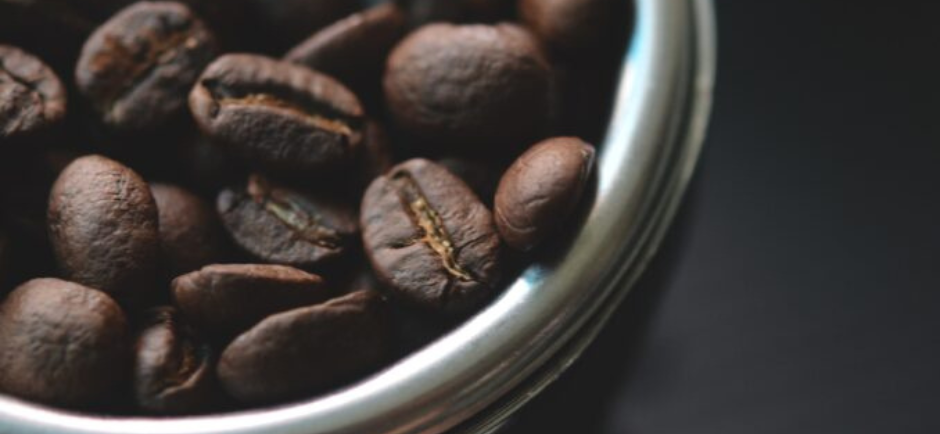
How is decaffeinated coffee produced?
|
|
Time to read 3 min

|
|
Time to read 3 min
Decaffeinated coffee - when and where was it invented and how is decaffeinated coffee produced?
To be able to answer these questions, we will first clarify what caffeine is and why it can be useful to drink decaffeinated coffee. Caffeine is a natural compound also found in coffee plants. This is where the name caffeine comes from, because the chemical properties and mode of action of caffeine were first studied in detail using the example of the coffee plant.
Caffeine works by stimulating the release of the stress hormones cortisol and adrenaline. This increases blood pressure and heart rate. It takes 15 to 30 minutes for caffeine to enter the bloodstream and take effect. This is why decaffeinated coffee can be particularly helpful for people who have high blood pressure.
Decaffeinated coffee was first produced in 1903. The Bremen coffee merchant and founder of the Kaffee Hag company, Ludwig Roselius, developed the process that bears his name. The reason is very personal: his father died unexpectedly at the age of 59. Ludwig Roselius began studying the health effects of caffeine because doctors suspected his excessive coffee consumption was the cause of his death.
Roselius first soaked the whole grain in brine so that it could expand. To extract the caffeine, he added benzene to the beans. Roselius' method is no longer used today, because it involved the use of carcinogens.
Decaffeinated coffee is an alternative for people who cannot tolerate coffee ingredients. So no one has to give up the pleasure of coffee. But what processes can be used for this and how do they work?
Once the water has extracted the components from the beans, the caffeine is filtered from the water using activated carbon. The caffeine is then removed from the new beans with added water. Unroasted coffee beans are steeped in hot water until all of the water-soluble components of the beans, such as caffeine, are present in the water. Once the water has extracted the components from the beans, the caffeine is filtered from the water using activated carbon. The caffeine is then removed from the new beans with added water. After many repetitions, you get almost caffeine-free coffee.
Carbon dioxide is a natural component of air. The beans are first softened in hot water, then put under high pressure and rinsed with liquid or gaseous carbon dioxide. The caffeine is thus isolated from the grain. No chemicals are used in this process.
The indirect process of decaffeinating coffee beans is similar to the Roselius process. Here too, the coffee beans are first soaked in water in order to extract all the soluble components from the coffee beans. Caffeine is then extracted from the resulting water-coffee mixture. This operation is no longer carried out using benzene as in Ludwig Roselius' process, but with dichloromethane or ethyl acetate.
Finally, the decaffeinated water mixture is brought to a boil with new beans added. Only caffeine is extracted from the new beans, but not the components important for the coffee aroma.
In direct decaffeination, the coffee beans are first exposed to steam and then soaked in a solvent for several hours. In a subsequent step, the grains are separated from the solvent and dried for several hours to remove any residue.
According to a study, decaffeinated coffee has no negative effects on health. Decaffeinated coffee is even better tolerated. In case of excess caffeine or caffeine intolerance, the effect can become negative. The consequences can be tremors, heart palpitations, sweating and also stomach problems.
The method is also very important. If a decaffeinated coffee is labeled organic, you can be sure that no chemical solvents were used in the method. You can also enjoy our decaffeinated coffee without fear.
Decaffeinated coffee also retains many of the benefits of coffee. Coffee beans contain around 1000 antioxidants. Antioxidants protect our cells from damage and thus help reduce the risk of disease.
Decaffeinated coffee can definitely be safely consumed during pregnancy. Indeed, in the EU, the regulation states that decaffeinated coffee can only contain 0.1% caffeine. During pregnancy, 200 mg of caffeine is safe to consume. A cup of decaffeinated coffee contains approximately 2 to 5 mg of caffeine. To be precise, one could drink around 40 cups of decaffeinated coffee during pregnancy.
The methods described require a lot of effort and money to eliminate caffeine. In addition, caffeine is necessary for the plant to repel parasites thanks to its bitter taste. But is there a coffee plant that already contains decaffeinated beans?
In fact, scientists have discovered a decaffeinated coffee plant in Ethiopia. Since this discovery, various studies have been carried out. However, the results are not yet promising because the plant does not flower at the same time, leading to irregular pollination.
Latest News
